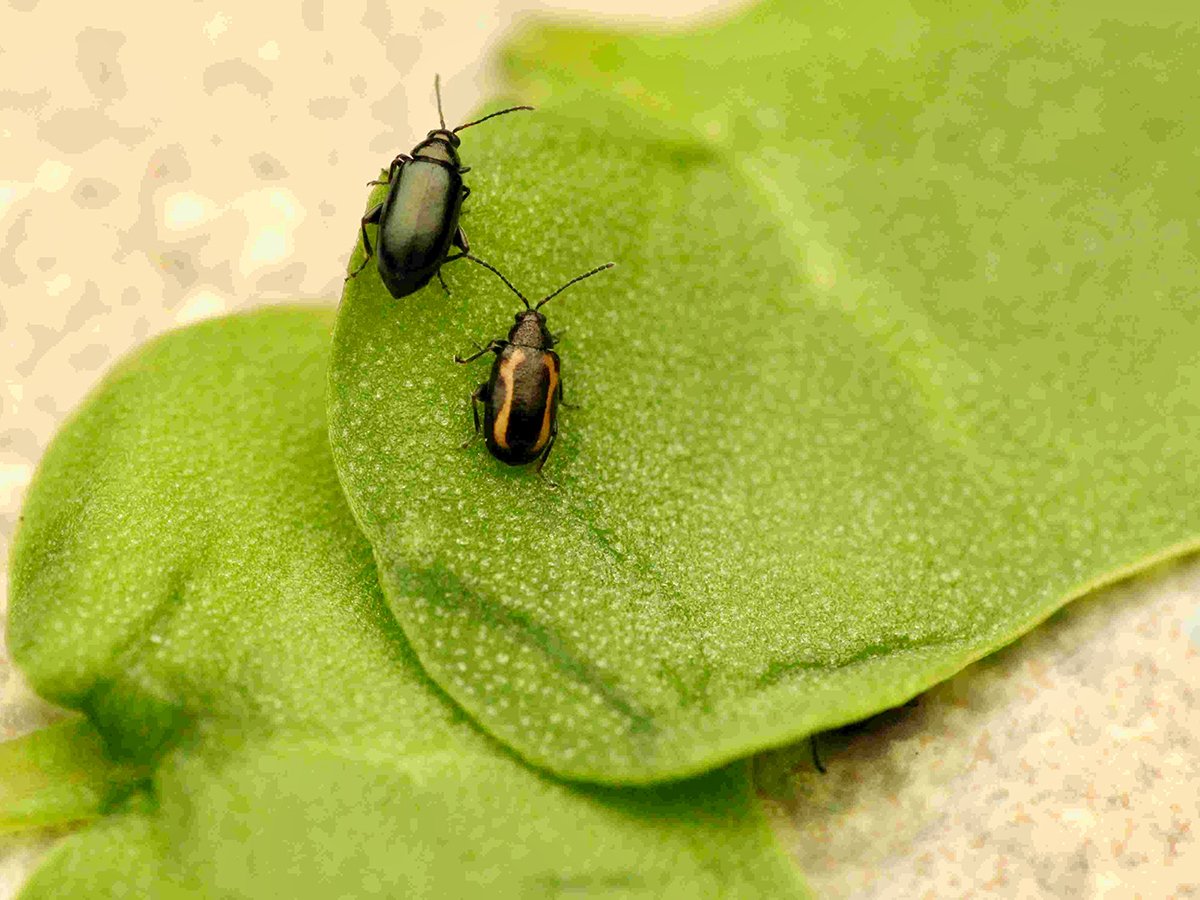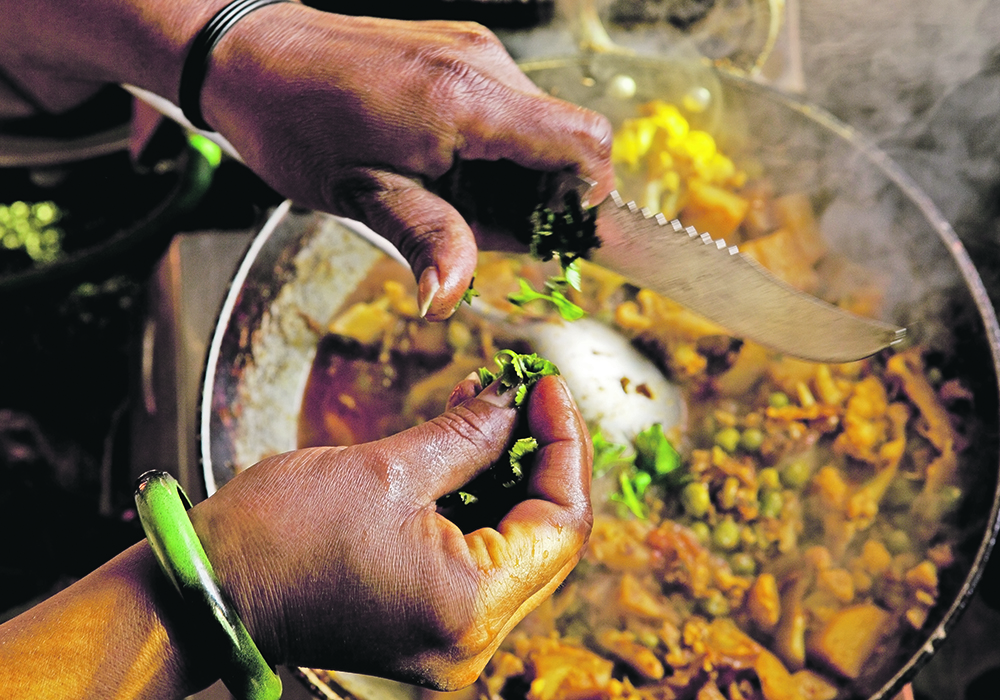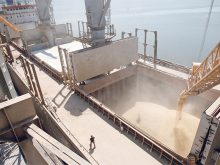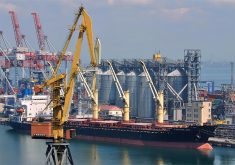Analysts worry industry at risk of ‘pushing the envelope on the pricing way too high,’ and the Russian invasion could make situation worse
Pulse markets are getting dangerously close to a breaking point in key consuming regions such as India, says an industry official.
“We are pushing the envelope on the pricing way too high,” Rav Kapoor, chief executive officer of ETG Commodities, said during the CEO Roundtable webinar hosted by the Global Pulse Confederation.
“At a certain point the marginal population will get into a very desperate situation and some solution will have to be found internally in India.”
He believes poor people will switch to consuming grains or vegetables or other alternatives.
Read Also

Research looks to control flea beetles with RNAi
A Vancouver agri-tech company wants to give canola growers another weapon in the never-ending battle against flea beetles.
“If we keep on pushing this, you’re going to see a lot of rationing of demand,” said Kapoor.
Cindy Brown, chief executive officer of Chippewa Valley Bean and president of the GPC, said lower prices are likely not in the cards for a crop like beans.
Her company is having a tough time convincing growers to plant the pulse crop in North America.
“We cannot compete in prices at this point with corn and soybeans or wheat,” she said.
“We are going to see a decrease in acres this year.”
And that means higher prices for a staple food commodity in many developing countries.
The war in Ukraine is another contributing factor to high pulse prices.
Will Watchorn, global head of pulses at Viterra, said it is difficult to determine what will happen with Ukraine’s pea crop.
“We are working here with the assumption that it will be 50 percent at best, probably less,” he said.
The country grows about 600,000 tonnes of peas annually.
Russia is the much bigger player. Stat Publishing is forecasting 2.63 million tonnes of production in 2022.
Watchorn believes the crop will be unchanged from last year, which was 2.09 million tonnes, according to Stat.
But he thinks Russia’s exports will fall as more peas are used in the domestic feed industry because importing soymeal from abroad has become too expensive due to the weakening ruble.
“That will reduce the exportable surplus,” said Watchorn.
Russia exported 1.2 million tonnes of peas in 2021, according to APK-Inform.
Watchorn didn’t provide a 2022 estimate.
Sunil Patwari, managing director of Seasons Overseas, said yellow pea prices have eclipsed desi chickpea prices in India, which is highly unusual.
Yellow peas are often used as a substitute for more expensive desi chickpeas in India.
Watchorn said that is an old crop phenomenon and expects the usual relationship to return with the new crop. Increased pea plantings in Europe and the Baltic states and an anticipated rebound in Canadian production should help push pea prices down.
Whether there will be enough peas for the human consumption market depends on how competitive peas are in the feed market in 2022-23, he said.
Vijay Iyengar, chief executive officer of Agrocorp, said there were fewer pulses and more wheat and oilseeds planted in India during the rabi season.
Lentils were the exception because lentil prices were good at planting time. He expects a crop that is marginally better than last year.
Iyengar said container freight rates were finally on their way down before the war in Ukraine but that downward momentum has come to a halt due to rising oil prices.
However, more bulk vessels are available because they are avoiding the Black Sea region, so that should help push down bulk rates.


















